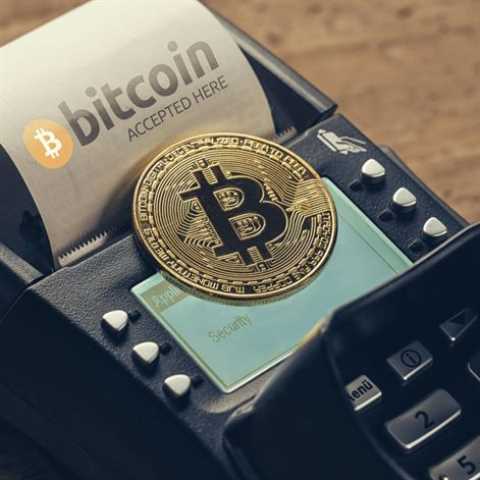
Without such a protocol, the crypto community could question the currency’s value, and people may lose faith in its ability to function as a reliable medium of exchange. On the other hand, PoS is used when the network needs to process transactions faster. Validators typically own a large amount of the token, which encourages them to keep the network safe.
Недостатки Proof of Stake
This cap exists because that is the maximum number of coins that can be generated, according to the code written by Bitcoin’s creator Satoshi Nakamoto. Validators receive rewards for both making blocks and attesting to other blocks being made. If validators are offline or not making correct attestations, they receive a penalty. If they try to attack the network, they can lose their entire stake. Proof of work was built into the design of Bitcoin, and replicated by other cryptocurrencies, including Ethereum. In doing so, they guard against “51% attacks,” which is when someone accumulates more than half of the computing power in a distributed network and can then control it.
What’s trustless and distributed consensus?
- This concentration creates potential risks such as collusion or manipulation by these centralized entities.
- So it will be just worthless and people will lose their faith regarding cryptocurrency.
- But the lack of a central authority responsible for verifying transactions also presents a challenge.
- The important thing to understand is that not everybody gets a reward.
- One motive for the POS scheme part from saving energy is the ability to speed up transactions.
- If you keep your assets in a self-hosted wallet, meaning away from an exchange, there are other services such as Staked that can get you started.
Liquid staking providers such as Lido offer a way for users to earn rewards while maintaining portfolio liquidity. Of course, you also have the opportunity to run your own validator node, but that typically requires a degree of technical sophistication that most novice traders do not have. The easiest way for most of you to stake will be going through your current service providers. However, the Securities and Exchange Commission recently sued Kraken to shut down its staking service using the argument that it was tantamount to an investment contract between the exchange and its customers. It is possible that similar offerings from peer exchanges may face similar scrutiny.

Fidelity Smart Money℠
As mentioned, it is not very likely that a 51% attack would happen on the more popular cryptocurrencies like ETH or BNB. However, smaller digital assets with a lower value are more vulnerable to attacks. The attackers could potentially acquire enough coins to gain an advantage against other validators. They could exploit the PoS system by being frequently chosen to become validators. The rewards they earned can then be used for further staking and increase their chance to be chosen in the next round.
- To the subject from going pow to pos its like changing reality to fantasy.
- The miner who solves this puzzle first gets to add a list of new transactions, known as a block, to the blockchain.
- Some of the biggest cryptocurrencies available for staking are algorand algorand , ethereum, tezos tezos , cosmos, dot and cardano cardano .
- This process is crucial for the decentralized nature of a blockchain network and ensures that entities in charge of verifying transactions do not centralize.
- Finally, critics also caution that proof of stake is a newer, less-proven system, and could face unforeseen attacks down the road.
- The fact that PoW networks require significant amounts of resources (mining hardware, electricity, etc.) makes them more expensive to attack.
Staking is possible virtually on any blockchain with Proof-of-Stake consensus. Some of the biggest cryptocurrencies available for staking are algorand algorand , ethereum, tezos tezos , cosmos, dot and cardano cardano . A 51% attack is used to describe the unfortunate event that a group or single person gains more than 50% of the total mining power. If that happened in a Proof of Work blockchain like Bitcoin, it would allow the person to make changes to a particular block. If this person was a criminal, they could alter the block for their gain.
Proof of Work vs. Proof of Stake: Which Is Better?
The floats and liquidity are low and these will be driven down rapidly (remember dot.com bubble/bust). Mining is done unless you have a solar farm to support thousands of GPU’s you need due to exponentially increasingly difficult algorithms to solve. So in effect and actuality Mining has already been centralized in just a few short years. But the early miners and the mining supply companies made a fortune.
- Both, in different ways, help ensure users are honest with transactions, through incentivizing good actors and making it extremely difficult and expensive for bad actors.
- This article attempted to explain a very complicated topic to the uninitiated public.
- To prevent duplicate transactions or spending, the history of the original also moves in a new direction.
- As compensation for locking up holdings, users receive regular rewards in a manner similar to interest payments.
- On one side, there is still no single entity that can control confirmations on the network.
Latest Crypto Videos & News
The main issue with proof-of-stake is that it requires an often enormous initial investment. You must purchase enough of the native token of that cryptocurrency to qualify to be a validator, which is dependent on the size of the network. In theory, people must be wealthy or earn enough money to buy a network stake, leading to an exclusively rich blockchain.


“Proof of work is the only consensus algorithm that has had its security battle-tested at scale and safely stored over $1 trillion in value, in the case of Bitcoin,” says Hileman. Check out Proof of Stake vs Proof of Work the latest cryptocurrency statistics to stay updated on market trends. All of these elements, along with many others, maintain the security, fairness, and reliability of PoS networks.